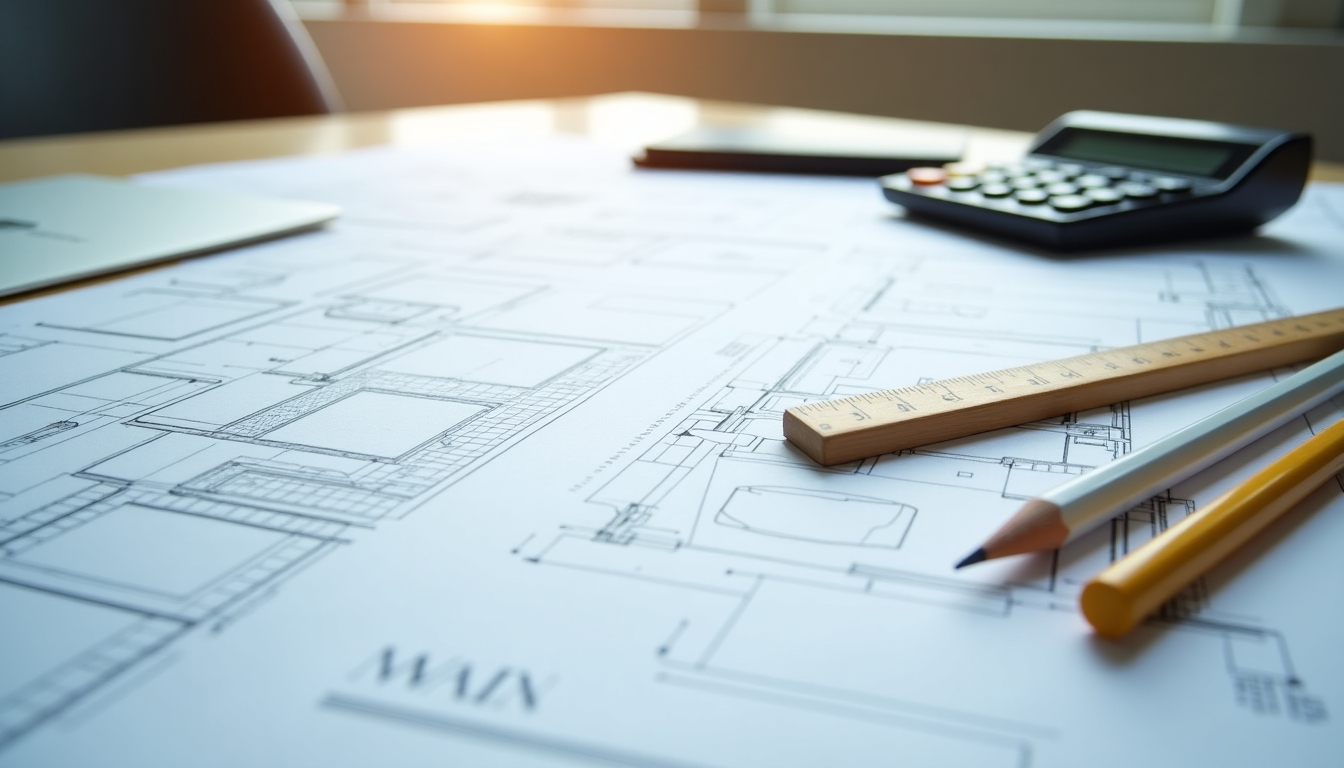Understanding Structural Engineering Design Principles
Overview
Structural engineering design principles are the foundation of creating safe, efficient, and durable structures. This article dives into the key principles you need to know and how they are applied in the real world.

Introduction to Structural Engineering Design Principles
Structural engineering is essential for designing buildings and other structures that must stand the test of time. These principles guide engineers in determining the loads, material strength, and overall stability to ensure safety and functionality. Understanding these principles is crucial for anyone involved in the construction industry—be it in the planning, design, or execution stages.

Core Design Principles
- Safety: The primary concern in structural engineering is safety. Structures must be designed to withstand natural and man-made forces, such as wind, earthquakes, and heavy loads.
- Functionality: Beyond safety, a building must serve its intended purpose effectively. This involves considering the space usage, accessibility, and comfort.
- Sustainability: Modern designs aim to minimize environmental impact through efficient use of resources and energy.
- Aesthetics: While perhaps not as critical as safety or functionality, aesthetics matter for both residential and commercial structures.
Personal Insight: Practical Application of Principles
As an engineer, I've found that a balance between these principles often dictates the success of a project. Early in my career, I worked on a community center where functionality was paramount. We needed to accommodate varying activities while maintaining structural integrity.

Detailed Examination of Footing Calculation
Footing calculation is a critical component in structural engineering, ensuring that a building's foundation can bear the loads above. The calculations take into account the load intensity, soil conditions, and the overall building structure.
Step-by-Step Approach to Footing Calculation:
- Determine Load Types: Identify and analyze the dead load (permanent/static) and live load (temporary/dynamic).
- Soil Investigation: Conduct a soil survey to understand its bearing capacity.
- Calculate Footing Size: Use the formula:
Footing Area = Total Load / Soil Bearing Capacity. - Consider Safety Factors: Apply safety factors to design dimensions to accommodate unforeseen loads.
For instance, during the design of a multi-story office building, precise footing calculations ensured long-term stability, even under challenging soil conditions.

Challenges Faced in Structural Engineering
Engineers often encounter various challenges, such as: - Regulatory Compliance: Navigating local and international building codes can be complex. - Budget Constraints: Balancing quality and cost-effectiveness is a constant tug of war. - Innovation and Adaptation: Keeping up with technological advancements while adhering to traditional principles.
These challenges test the creativity and problem-solving skills of engineers, often leading to innovative solutions that serve as future benchmarks.

Conclusion and Forward Thinking
Incorporating structural engineering design principles into your projects not only enhances their effectiveness but also ensures long-lasting safety and usability. As the field evolves, these core principles remain foundational, helping engineers like myself to adapt to new challenges with confidence and creativity.
Recommended Readings
If you're interested in diving deeper into this topic, consider these insightful reads:
- The Fundamentals of Structural Load Bearing
- Design and Aesthetics: Beyond Structural Engineering
- Modern Techniques in Structural Analysis and Design
Understanding these heretofore basic concepts can profoundly influence the quality and resilience of future work.





